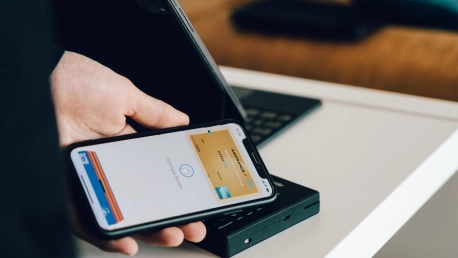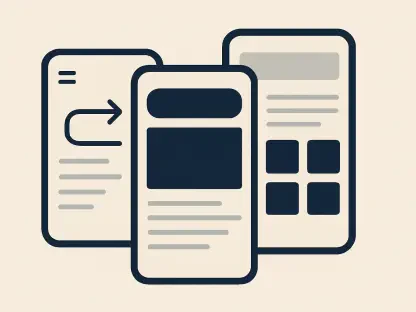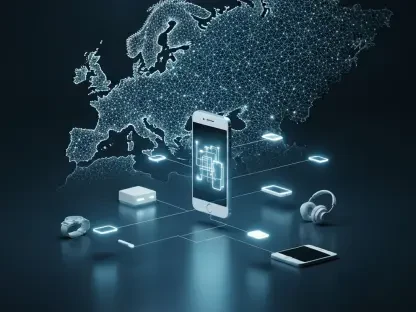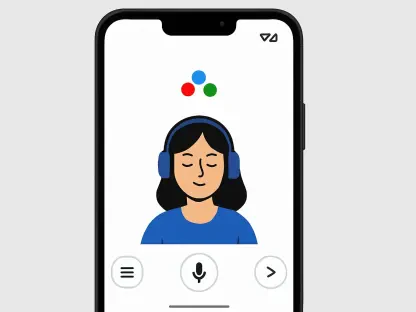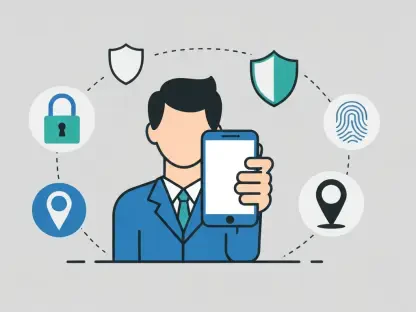The increasing adoption of cashless payments across the globe and rising demand for secure digital payment methods are contributing to the significant growth of the mobile payments market. And as we move faster toward a cashless world, it’s important to keep up with the latest developments to remain competitive. In this article, we will take a look at the key trends in mobile payments that will shape the future.
Proximity Mobile Payment
Industry experts predict that proximity mobile payment will be one of the most used mobile payment methods in the near future—especially for transportation and the purchasing of retail goods and services. For this transaction, the payer and the payee must be in the same location. Their devices communicate through proximity technologies such as Near Field Communication (NFC), Quick Response (QR) codes, and Bluetooth.
Mobile Wallets
A mobile wallet—also known as an e-wallet or digital wallet—is an online payment tool that usually comes in the form of an app. It securely stores virtual versions of debit and credit cards, so you don’t have to enter your card information or carry a physical wallet to make payments.
A recent Juniper Research study shows that the number of mobile wallet users worldwide will increase to over 5.2 billion by 2026 (up from 3.4 billion in 2022). For this reason, many major companies—such as Apple, Google, and Samsung—have started to offer mobile wallets to handle transactions, and more companies will follow suit. However, all of these e-wallets are brand and company-specific.
Mobile Point-of-Sale (mPOS)
A mobile point-of-sale (mPOS) system consists of software and portable hardware to process transactions. It can calculate sales figures, process payments, track inventory, collect business data, and much more. Essentially, an mPOS system turns a mobile device (usually a smartphone or tablet) into a checkout point. This technology is replacing checkout areas with sales staff operating mPOS devices—thereby streamlining the payment process.
New data from Juniper Research forecasts that mPOS transactions will grow to more than $1.9 trillion by 2024—up from $850 billion in 2019. This figure is predicted to rise due to mPOS’s increased adoption by new businesses, for whom accepting card payments has been out of reach until recently.
AI & ML
By using AI and ML, banks can efficiently prevent fraudulent transactions. And due to the fact that bank software programs constantly process different transactions, their programs are highly effective when it comes to detecting fraudulent activities. By analyzing historical data such as user behavior and various payment-related characteristics, AI and ML software implement rules to allow or block certain actions such as logins, identity theft, or suspicious transactions. Once an unusual transaction is made from an account, the account holder receives a text message from the bank asking if the action was performed by them. These types of algorithms are expected to get better over the next few years and will greatly improve the security of mobile payments.
Biometric Authentication
Biometric authentication is a security process that relies on a person’s biological and structural characteristics to verify their identity. Its ease of use and ability to make payment transactions smoother are compelling selling points. Given the increasing issues with identity theft and fraud, biometric authentication can be a reliable and secure mobile payment method. A recent report shows that the value of biometrically-authenticated remote mobile payments will reach $1.2 trillion globally by 2027—an increase from $332 billion in 2022.
Smart Speakers Payments
Smart speakers allow users to give voice commands to virtual assistants, who will then reply with auditory responses. Users can give voice commands for various actions such as getting news about the weather, traffic, travel, or sports. They are also used to perform various transactions and make payments. A recent report predicts that voice commerce will reach $19.4 billion by 2023, and that smart speaker devices with screens will be essential to increasing the monetization of voice assistant commerce.
Wearable Technology Payment
Wearable technology payment is another popular digital payment option. Also referred to as the tap-and-go method, this technology provides a more secure and error-free way of making payments. Its adoption increased over the years due to the proliferation of smart mobile devices and the ease of transactions. According to a report by Allied Market Research, wearable payments have been proven to provide a better user experience—which is a major contributor to market growth. On the other hand, the high initial cost of the device and issues related to power consumption and low battery life might limit market growth.
Cryptocurrency as a Payment Method
Many businesses have started to introduce ATMs for cryptocurrencies, or offer cryptocurrency payment solutions in-store. Considering how much supporting blockchain-based payments would benefit both customers and businesses, cryptocurrencies will probably be used more widely going forward.
Conclusion
Researchers predict that the future of payments is mobile. The industry keeps growing, and payment methods will evolve accordingly—most likely from traditional to digital options. So, to stay ahead in this volatile landscape, businesses must monitor trends closely.
